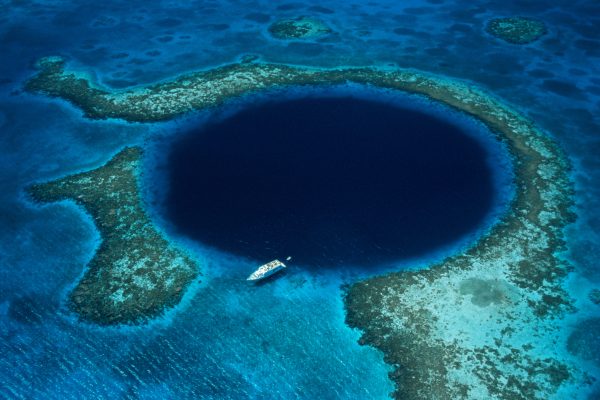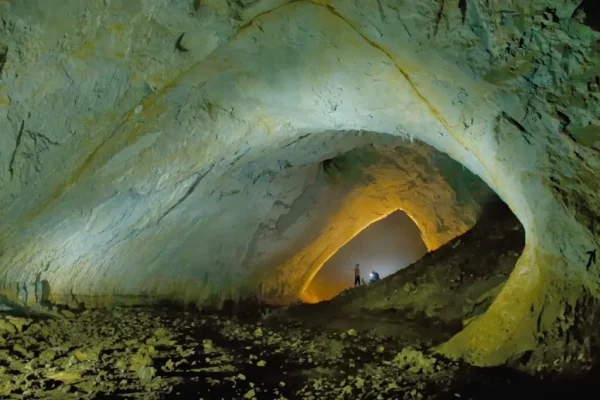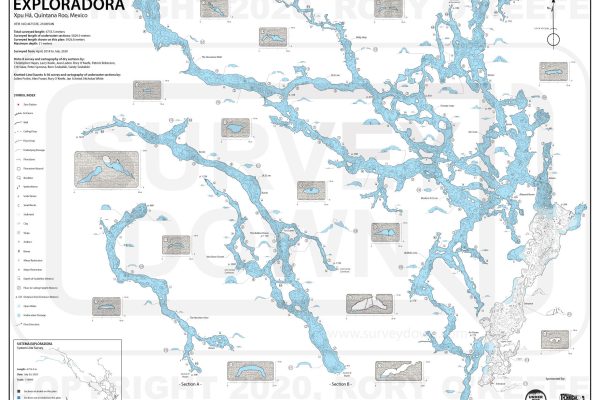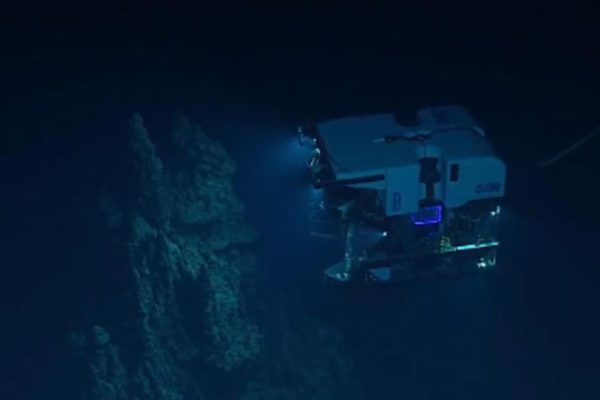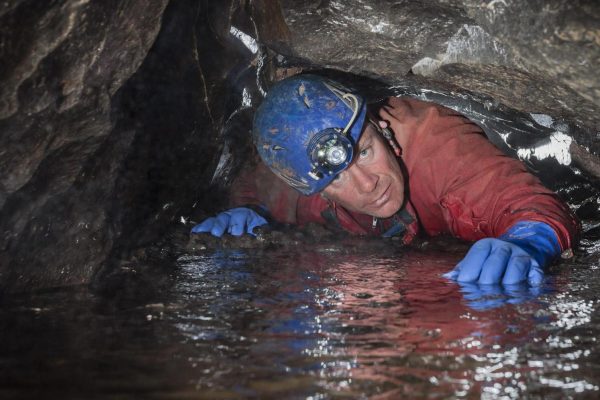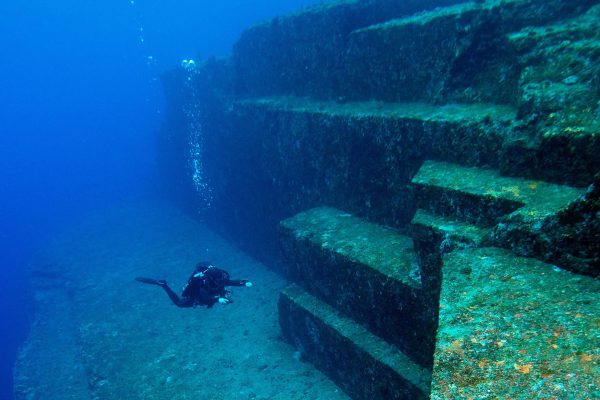
Socotra, The Alien Island Few Travelers Know Exists
Tucked away in the Arabian Sea, Socotra Island is one of the most otherworldly places on Earth—yet it remains unknown to many. Often called the “Galápagos of the Indian Ocean,” this Yemeni island is home to hundreds of plant and animal species found nowhere else on the planet. Its surreal landscape, dominated by the famous…
